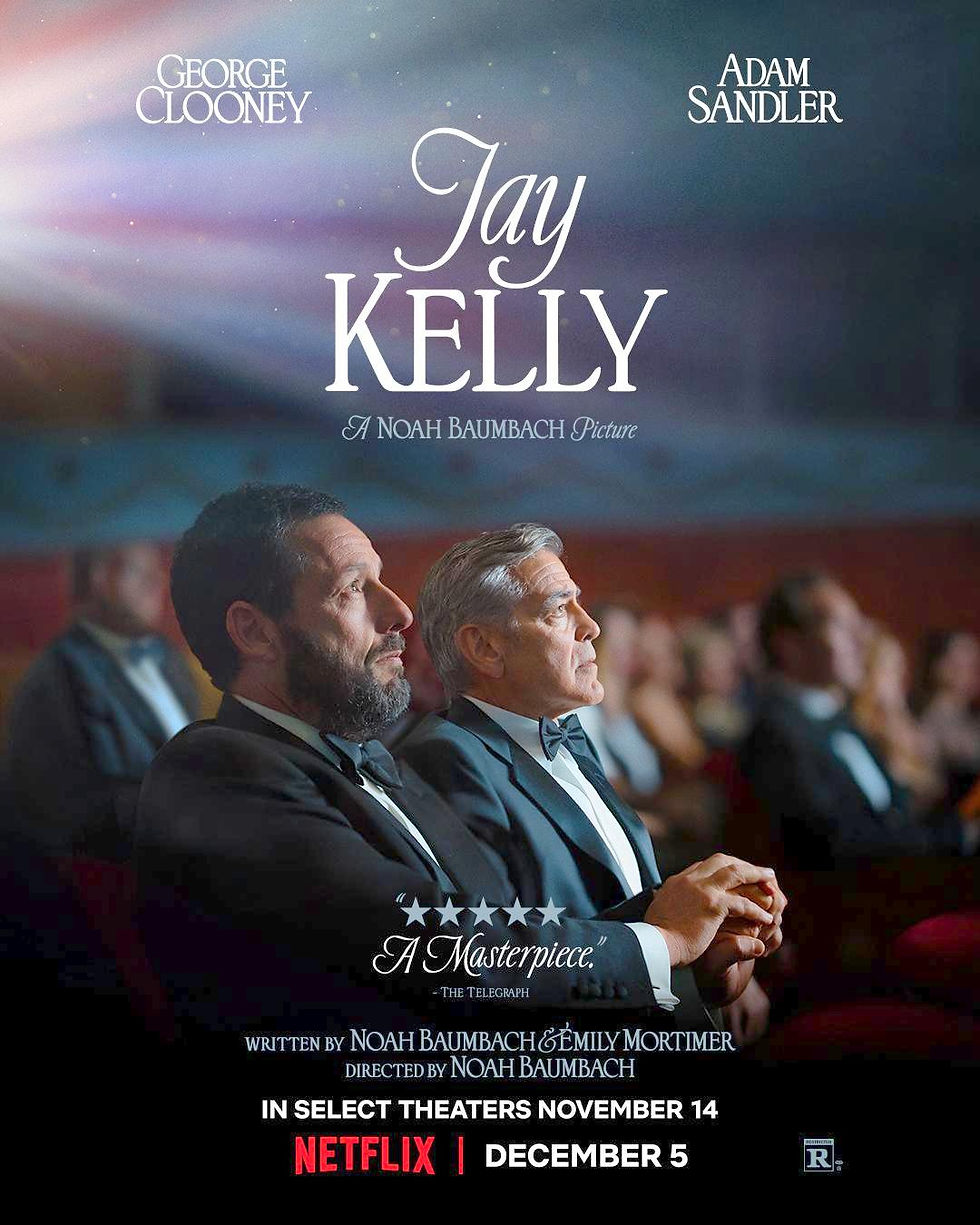Drive My Car ★★★1/2
- 2filmcritics

- Feb 18, 2022
- 4 min read
Updated: Feb 21, 2022
Availability: In theaters now and streaming on HBO Max beginning March 2. For future wider availability, see JustWatch here.
Don’t Drive My Car
The film’s protagonist is one of those drivers who prefers his own driving, his own car, and the control that comes from being behind the wheel. In Hiroshima, where he’ll lead a troupe of actors at a workshop, the veteran Tokyo stage actor and director Yûsuke Kafuku (Hidetoshi Nishijima) is forced to accept a driver of his own car. It’s not the only marker of his need for—and relinquishment of—control, but it is the one that continuously frames the screenplay, based on the eponymous short story by the prolific and popular Haruki Murakami (“Kafka on the Shore” and “1Q84”).

Yûsuke Kafuku (Hidetoshi Nishijima)
occupies the back seat, ceding the
wheel of his beloved Saab to his
driver, Misaki Watari (Tôko Miura).
Equally in control is the driver thrust upon Kafuku, the taciturn, young working-class Misaki Watari (Tôko Miura). The two of them—Kafuku and Watari—spend time in the car on the long drive, from Hiroshima to the island home Kafuku has rented for the theater residency, with Kafuku in the back seat. He recites the dialog for the play he’s chosen for the workshop, Chekhov’s “Uncle Vanya,” working with such precision that each line he utters fits precisely within a blank segment left on the audio tape (prepared by his wife)—another sign of Kafuku’s penchant for control. There’s no conversation between passenger and driver. Nor does the focused, boyish Watari appear to want any. She takes pride in “the only job I know…and I’m good at”: driving.
Only two other characters figure prominently in this measured and, yes, long (almost 3 hours) exploration of the psyche: Oto Kafuku, the director’s wife, (Reika Kirishima) and her sexual partner, a young actor, Kôshi Takatsuki (Masaki Okada).
The venerable director and the driver will explore each other’s—and their own—lives.
Over the course of many long drives, the director and driver will explore each other’s—and their own—lives. For Kafuku, it’s how and why his wife died, and for Watari, her abusive childhood and her unyielding command of her own life. A poignant scene unfolds late in the film when Kafuku moves to the front seat and the two smoke (until then, prohibited in Kafuku’s precious 15- year-old red Saab 900 Turbo), their hands and cigarettes extending through the sunroof. Here and elsewhere, the film explores how people can free themselves from repression and surrender themselves to others and to the inevitable unpleasant realities of life.
The fourth character, Takatsuki, presents Kafuku with his opposite: the unrepressed person, someone who lacks control. “Good for an actor,” Kafuku tells him, “but not socially.” Kafuku forces himself to have a professional relationship with his deceased wife’s lover—an affair of which he’s aware—by casting the young Takatsuki improbably as Uncle Vanya in the upcoming play. The director’s technique for the troupe is to require them to learn the lines cold, and coldly, without movement or expression, before he will allow any show of emotion. “Learning the text,” as he describes it, is another ingredient in the control and repression that defines Kafuku.

The young and rash
Kôshi Takatsuki (Masaki Okada),
left, forces the controlled Kafuku
to confront his opposite.
Oto creates her own screenplays aloud (as she achieves orgasm).
“Drive My Car” director Ryûsuke Hamaguchi, with co-writer Takamasa Oe, has admirably adapted the story to the screen, including some fascinating metaphoric tales (as one would expect with Murakami). Oto creates her own screenplays aloud (as she achieves orgasm), which she and Kafuku then together extend in touching scenes that take place on their morning commute in the red Saab. The theater troupe is a virtual tower of Babel. There are 8 languages, including Korean sign language, spoken by the cast in rehearsal, none of which everyone understands.
The idea of a play-within-a-play is hardly novel. Besides the classic examples from Shakespeare, Ashgar Farhadi’s 2017 “The Salesman” incorporates a performance of Arthur Miller’s “Death of a Salesman.” One doesn’t need to know Chekhov to understand the parallels in this film. “You must endure your sorrow, Uncle Vanya. You must endure it.”

The play-within-the-film is Chekhov's "Uncle Vanya."
“Drive My Car” is a welcome respite from actors we recognize easily and Hollywood’s fascination with over-acting (Oscar nominee Bradley Cooper in “Licorice Pizza”). It’s an intriguing, complex, at times enigmatic study—of multiple characters, though the director Kafuku is central—and, given its length and languid pace, surprisingly engaging.
Date: 2021
Director: Ryûsuke Hamaguchi
Starring: Hidetoshi Nishijima, Tôko Miura, Masaki Okada, Reika Kirishima
Runtime: 179 minutes
Country: Japan
Languages: Japanese, English, Korean Sign Language, German, Mandarin, Tagalog, Korean, Indonesian; subtitled in English
Oscar Nominations: Best Motion Picture of the Year; Best Achievement in Directing (Ryûsuke Hamaguchi); Best Adapted Screenplay (Ryûsuke Hamaguchi and Takamasa Oe); Best International Feature Film (Japan)
Other Awards: 62 wins and 89 other nominations. Wins to date include: Best Screenplay at Cannes; Best Non-English Language Motion Picture at Golden Globes; Best Film, Best Actor (Hidetoshi Nishijima), and Best Screenplay at National Society of Film Critics; Best Film at New York Film Critics Circle Awards; and Best Foreign Language Film at New York Film Critics Online.




Comments